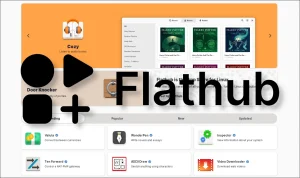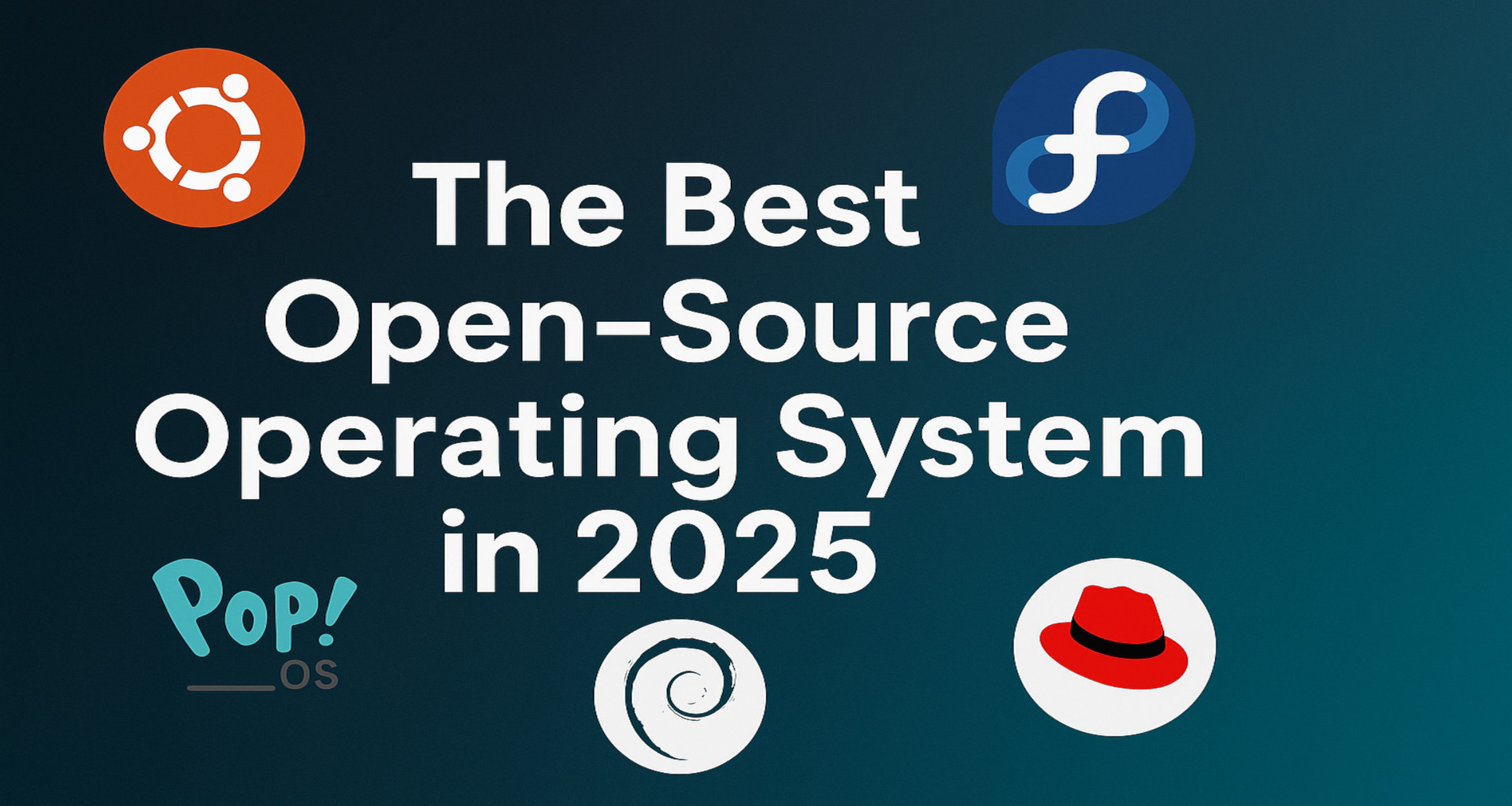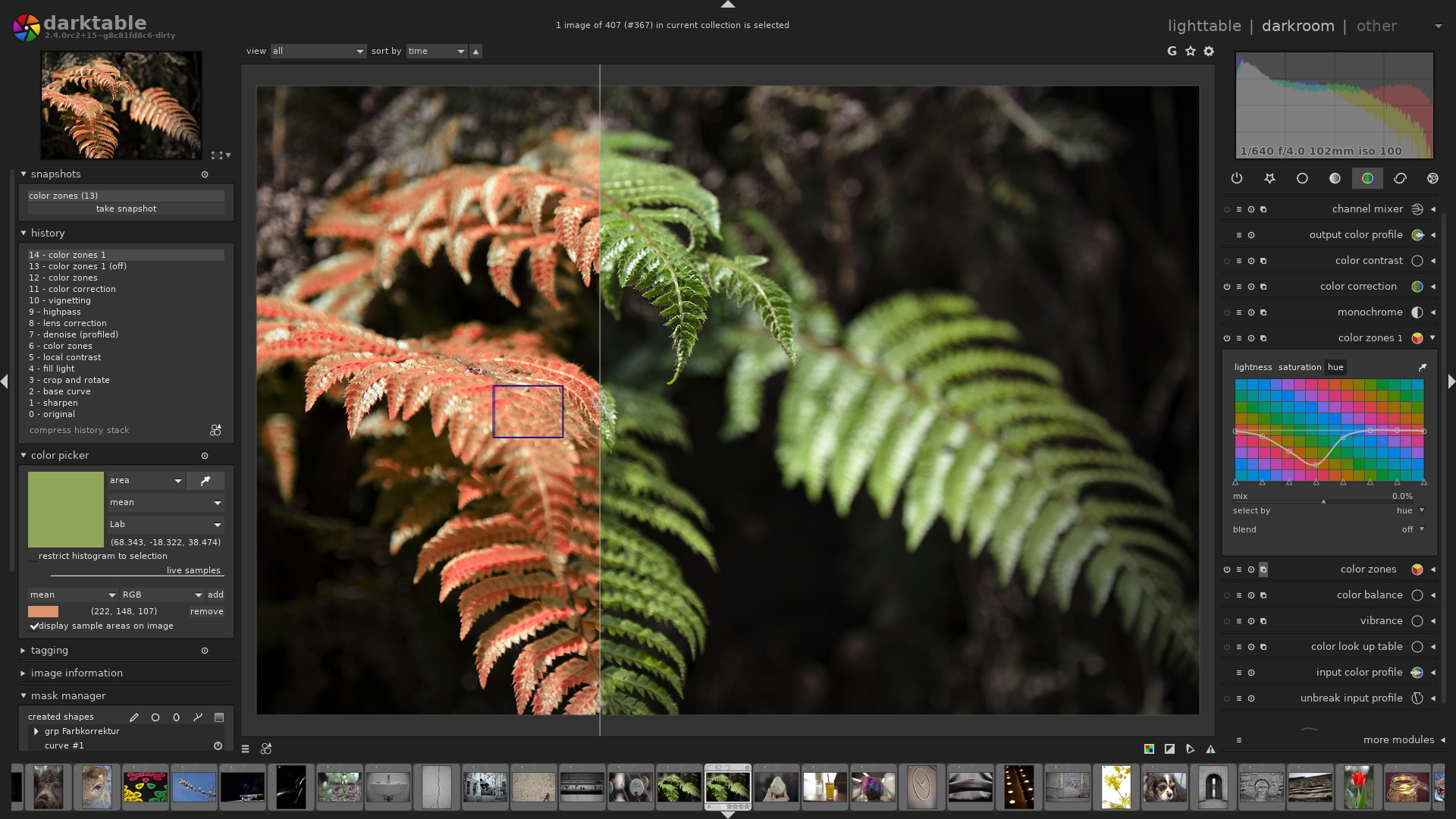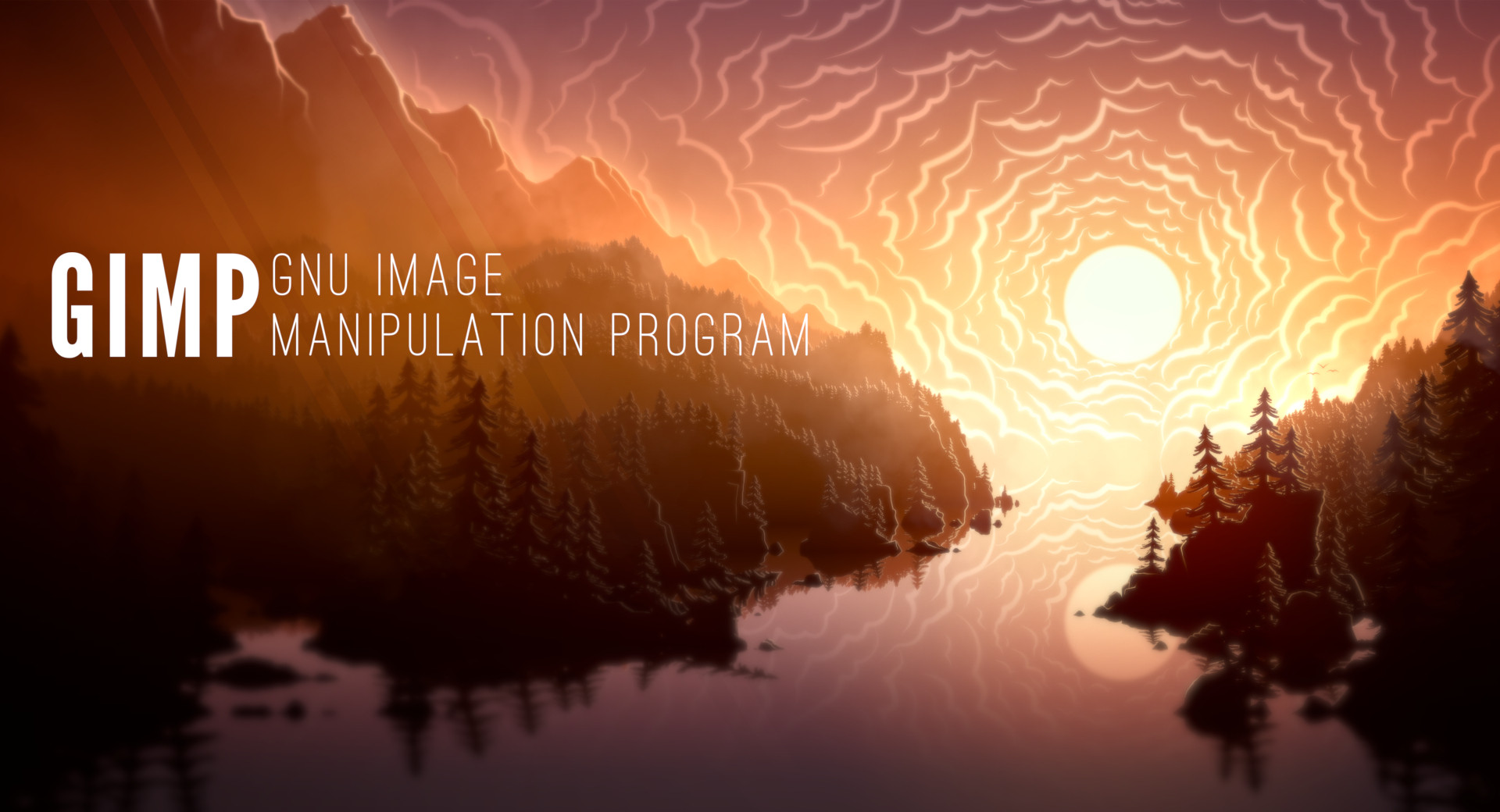The Changing Landscape of Linux Apps
The world of Linux software distribution has always been a bit… fragmented. Different distributions, different packaging systems, and a lot of compatibility headaches. But in 2025, one solution is standing out more than ever: Flatpak.
So, what is Flatpak — and why is it becoming the go-to for so many apps today?
Let’s break it down.
Flatpak in Simple Terms
Flatpak is a universal packaging format for Linux. Think of it like a container for apps. It bundles everything the app needs to run — including dependencies — so it works on almost any Linux distribution out there.
Whether you’re on Fedora, Ubuntu, Manjaro, or something more niche, a Flatpak app is likely to just work.
Why Developers Love Flatpak in 2025
✅ 1. Write Once, Run Anywhere
Developers don’t have to build separate versions for every Linux distro anymore. Flatpak provides a consistent environment, making testing and distribution much simpler.
✅ 2. No Dependency Hell
Ever tried installing an app, only to break something else in the process? Flatpak apps come with their own dependencies, so they don’t interfere with the rest of your system.
✅ 3. Better App Updates
Flatpak supports delta updates, which means users only download the parts of an app that have changed. It saves bandwidth and speeds up the update process.
✅ 4. Sandboxing and Security
Flatpak apps run in a sandbox, isolated from the rest of your system. This reduces the risk of apps misbehaving or accessing things they shouldn’t.
Why Users Are Embracing Flatpak in 2025
It’s not just developers who are jumping on the Flatpak train — users are loving it too.
- Easier access to new software through Flatpak-enabled app stores like Flathub
- More control over permissions (e.g., file system access, network use)
- Seamless updates in the background
For newcomers to Linux, Flatpak offers an experience that’s closer to what you’d find on Windows or macOS — simple, consistent, and less intimidating.
Are There Any Downsides?
No technology is perfect. Flatpak apps can be larger in file size since they package their own dependencies. And sandboxing, while secure, can sometimes limit functionality — especially for apps that need deep system access.
That said, these issues are being addressed rapidly. The Flatpak ecosystem in 2025 is far more polished than it was even a couple of years ago.
So… Is Flatpak the Future?
It’s hard to ignore the momentum. With more apps arriving on Flathub, increasing support from major Linux distributions, and a growing user base demanding simpler solutions, Flatpak is positioning itself as a true standard in Linux software delivery.
Before You Go…
If you’re running Linux and haven’t tried a Flatpak app yet, now’s the time. It might just change how you think about installing software on your system.
And if you’re curious about how to get started, we’re putting together a guide on installing and managing Flatpak apps — stay tuned for that!
What is Flatpak and Why More Apps Are Using It in 2025
The Changing Landscape of Linux Apps The world of Linux software distribution has always been a bit&…
🖼️ Top 5 Photoshop Alternatives for Linux in 2025
If you’re a Linux user seeking powerful image editing tools without the Adobe price tag, you&#…
GIMP 3.0 is here!
On March 16, 2025, the GNU Image Manipulation Program (GIMP) team announced the official release of …




